Today, we review the battery-powered iBasso D16 USB DAC/AMP. It is selling for $1,499 USD.
Disclaimer: iBasso sent us the D16 for this review. As always, I am here to share my honest experience with the product. We thank Paul from iBasso for the opportunity.
iBasso
iBasso Audio is a well-known audio manufacturer that has been designing high-quality portable audio products since its launch in 2006. Based in Shenzhen, China, iBasso has been dedicated to delivering exceptional devices to audiophiles and music enthusiasts worldwide.
With an uncompromising commitment to research and development, iBasso consistently pushes the frontiers of audio technology, offering a diverse range of products, including digital audio players, amplifiers, DACs, headphones, and IEMs. You can explore their innovative offerings through this link.
We recently took a deep dive into the new DC-Elite, and we were very impressed with its performance. iBasso has been killing it recently, and I am very excited to convey my thoughts about the D16 to you in this article. You can check out our DC-Elite review below:
iBasso D16 TAIPAN Portable USB DAC & Amplifier
iBasso D16 Taipan is a portable USB DAC & AMP designed with high-quality components for audiophiles who want the flagship flavor on the go. The D16 uses iBasso’s 1-bit discrete DAC technology with an FPGA-Master 2.0 architecture. We’ll take a deep dive into these technologies and try to understand iBasso’s concept behind the D16.
The D16 also features class-A amplification, a similar design found in iBasso’s flagship DAP, the DX320Max, representing the pinnacle of iBasso’s know-how. These technologies combine to make the D16 Taipan an excellent source for delivering high-fidelity audio in a transportable package.
This intro only scratches the surface of the D16’s technologies, but fear not; I’ll tell you exactly why the D16 has become my daily reference DAC. As for the price, the D16 costs $1499 USD and is available through iBasso’s wide network of distributors.
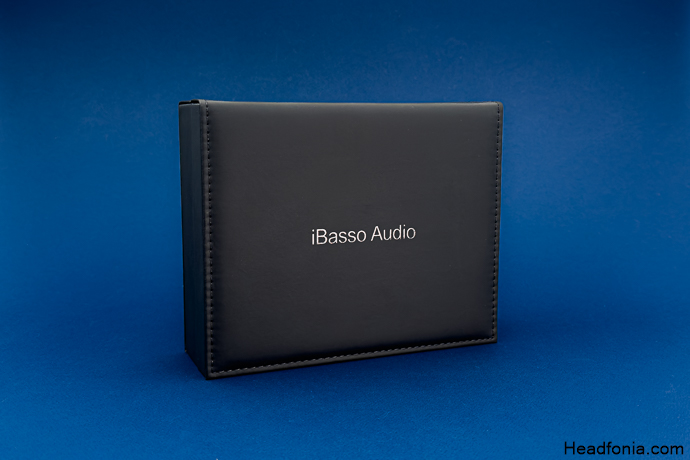
Specs & Highlights
- 128 independent PWM-DACs
- iBasso FPGA Master 2.0
- DX320Max’s Class-A Amplifier Design (1125mW @32Ω)
- Professional Audio DSP Chip
- 24-Position 4-Section Stepped Attenuator DAC Volume Control
- Digital AMP Volume Control
- 6.8vrms Output
- Dual Accusilicon ULN Femtosecond Oscillators
- Ultra-low Noise Analog PSU
- 1.3” OLED display
- Supports 5V/2A and QC3.0 Quick Charging
- 9hr Battery Life
- USB-C, Coax, Opt, Line-out, 4.4 & 3.5 HPO I/O Options
- Please check the D16’s webpage for full specs, including numbers.
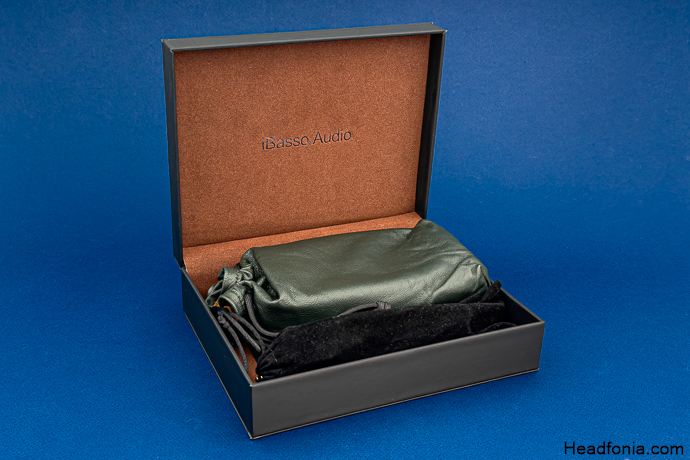
Packaging & Accessories
The iBasso D16 Taipan arrives in sturdy cardboard packaging that protects its luxurious leather box during transport. Resembling a high-end mechanical watch box with “iBasso Audio” inscribed on the top and on the brown suede-lined interior, this elegant leather case offers a first-class feel. The first item you’ll find inside is a green leather pouch for the D16. It’s designed to protect the D16 from scratches during daily transportation. The quality of this pouch is amazing, and I was surprised to see natural leather.
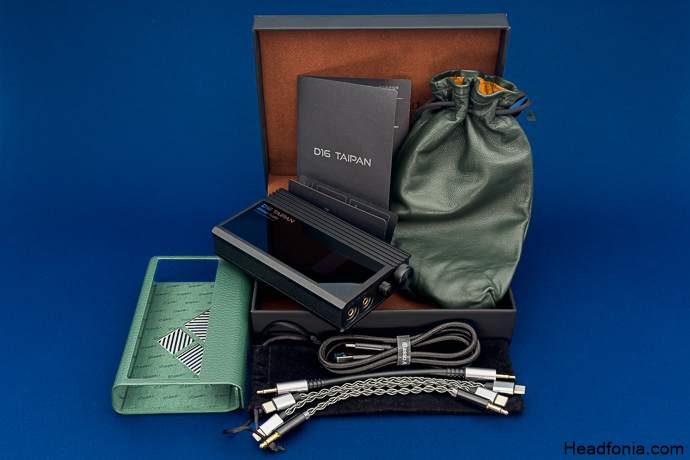
The D16 comes with a wide range of cables. These include an SPC 4-braid USB-C to Lightning OTG cable, an SPC 4-braid USB-C to USB-C OTG cable, an SPC 4-braid 3.5mm to 3.5mm 2-pin coaxial cable, a shielded 3.5mm to 3.5mm 2-pin coaxial cable, and a 1.5m sleeved USB-A to USB-C charging cable. All the cables are stored in a small black suede pouch.
The D16 does not come with a booklet-style manual, and the quick start guide is a bit limited, but it was really easy for me to learn how to use it, as its controls are quite straightforward. I’ll guide you through those in a bit.
The star of this unboxing experience for me is the faux leather case with Velcro designed to protect the D16’s aluminum body. It makes the D16 a bit thicker but offers solid protection, so it’s a good trade-off, in my opinion. You also don’t have to search for and pay a third party to get a case for this unique shaped device.
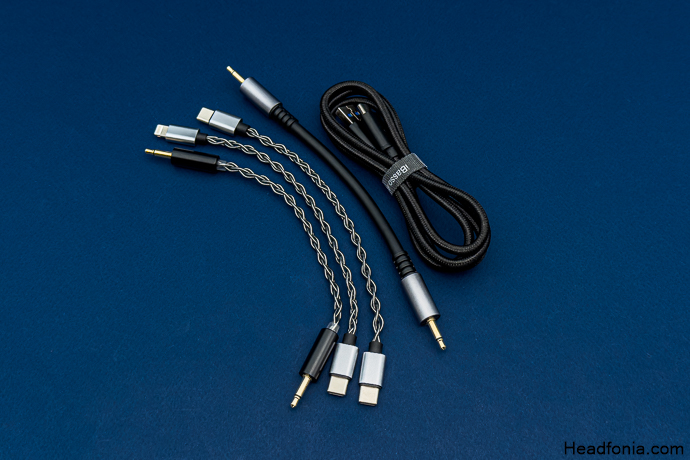
This case, along with the comprehensive set of cables, quick start guide and warranty card, iBasso guarantees that users have just about everything they need right out of the box.
Design & Build Quality
The D16 is a beautifully made machine, especially without the case. It features an all-aluminum build with a tempered glass section on top that houses the 1.3-inch OLED screen for menu navigation. The device has a CNC-machined grill-type aesthetic, creating a two-tone effect with the help of light/shadows. It is surprisingly light, 25% lighter than a Hugo 2, at 300 grams.
At 145x85x30mm, it is about the same size as the DX320Max. While not small, it’s not overly big either. I’d say it’s portable, especially compared to top-of-the-line (TOTL) devices, but for most audiophiles, it is more transportable than portable. Note that it does not have Bluetooth, so you need a source device, such as a smartphone or a DAP, to use it. Stacking a smartphone on it makes it too big to carry in a pocket.
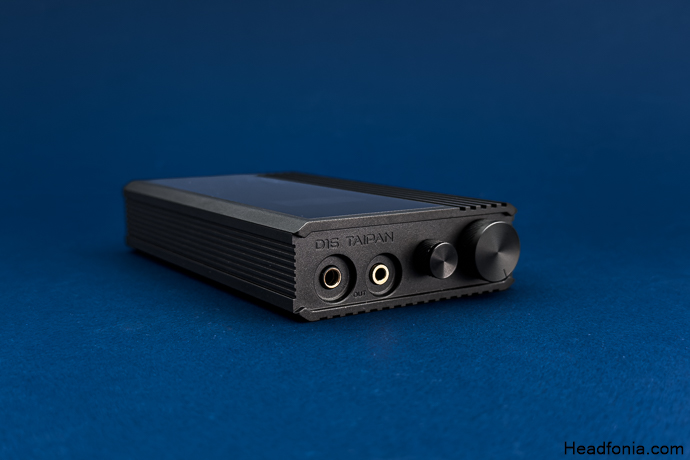
The build quality is exceptional. I couldn’t find any CNC imperfections. The USB ports feel secure, and the headphone outputs (HPOs) are gold-plated and have excellent rigidity. The device has two volume knobs; the big one controls the DAC volume and features a 24-step, 4-section stepped attenuator—an analog volume control often seen as superior to digital volume controls in the audiophile sphere. The small knob next to it is the amplifier’s digital volume control. There are many theories about how to use them, which we’ll discuss.
The amplifier’s volume control knob also acts as a navigation button. The monochrome OLED screen and this button let you easily access the D16’s menus.
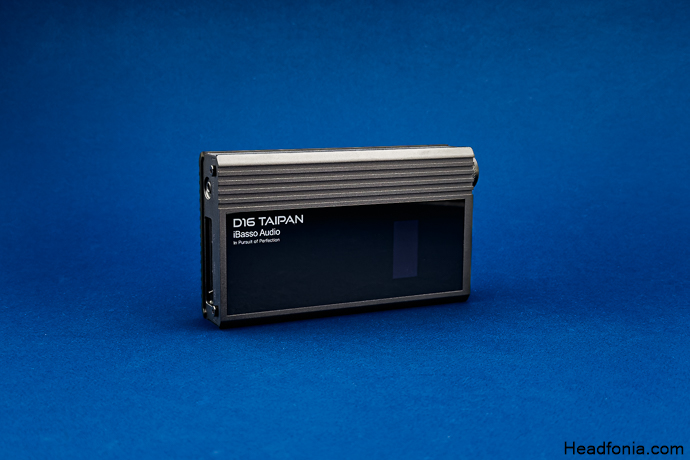
The D16’s 4.4mm and 3.5mm HPOs can be set as line outs via the integrated menu. iBasso recommends the balanced line out as it offers impressively high-performance numbers on paper. Additionally, there’s a COAX+OPT 3.5mm input next to the dual USB-C ports for pairing with a DAP via coaxial or optical. Note that you need mini TOSLINK and mini-coax cables to use the 3.5mm COAX+OPT input.
The review continues on Page Two, after the click HERE or by using the jump below.
Page 1: iBasso, D16 Taipan, Packaging & Accessories, Design & Build Quality
Page 2: iBasso’s Way, Tech Inside, Controls & UI
Page 3: Sound Impressions, Comparison, Last Words







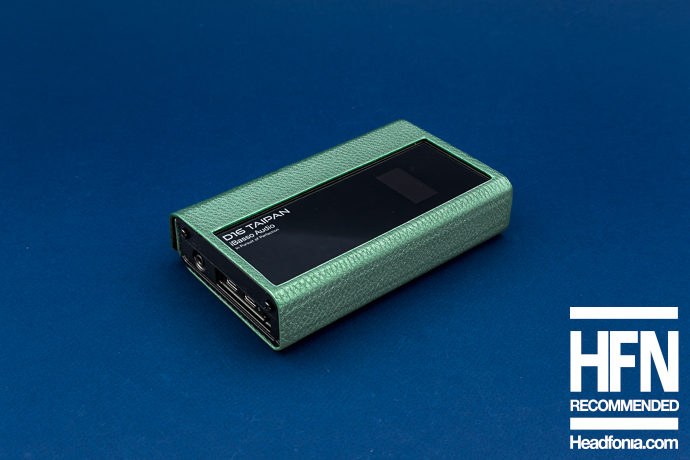
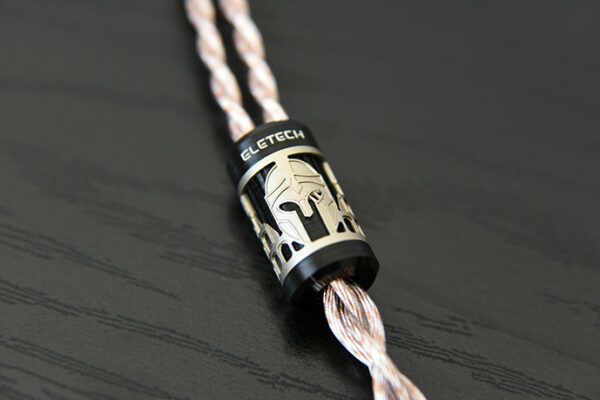
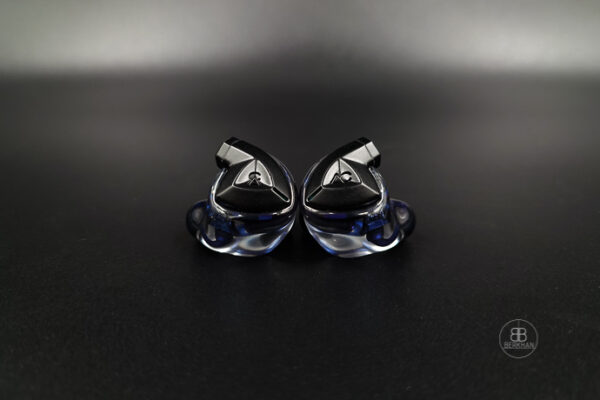
Rahul Nayyar
I read the review and liked your comparison with the Hugo 2. I would love to know your views on D16 Vs SP3000. What I liked about the SP3000 was the darker backgrounds than any other portable source. Any other nuances that you would like to point out in D16 vs SP3000
Yagiz
I don’t have the SP3000, I’ll update this comment if I get my hands on one.
MhtLion
Impressive review! I will be ordering D16 based on your review to use with Sony MDR-MV1 and Senn HD800S. I will report back on the synergy.
Lieven
Thanks and Great!
Mert
Hi Yagiz. Great review. I would like to ask you a question. I also have the E70V+L70 stack and I am wondering how would you compare the D16 with the stack. Could it be worthy upgrade?
Yagiz
Hello, Thanks!
IMO, the E70+L70 stack is almost perfect when you base the price on the performance offered. There are differences in sound signature between them and the D16, the D16 is a bit more natural, a bit more detailed and a bit softer/musical sounding DAC/AMP. Since there is a significant price difference between the products, I don’t think it makes sense to upgrade in terms of price performance unless you are going to use the D16 both indoors and on the go.
Hope it helps,
Y
Mert
Thanks for quick answer!
xin
Hi,
i own DX320 edition X and i love it with Audivina and Ananda nano.
I’m considering an upgrade to DX320X for my cans but i’m not sure if chose something like iBasso D16 / Onix Mystic XP1 or a desktop device as Aune S9c pro / Shanling EH3.
Is D16 a better choice for Audivina/Ananda Nano?